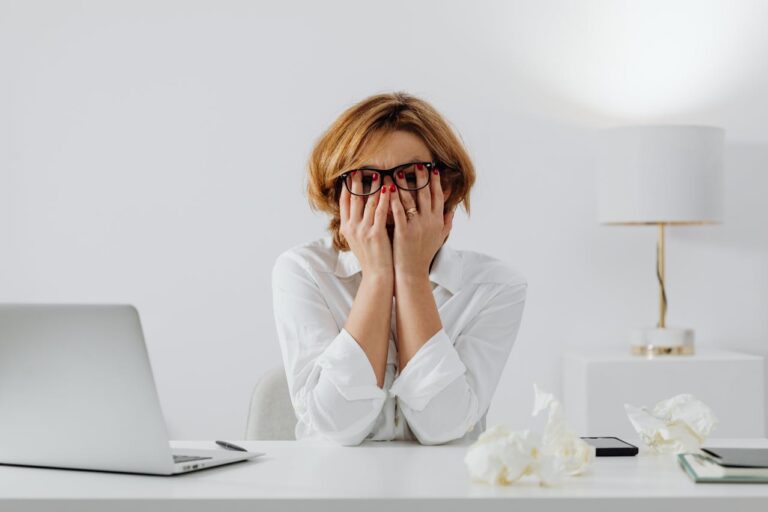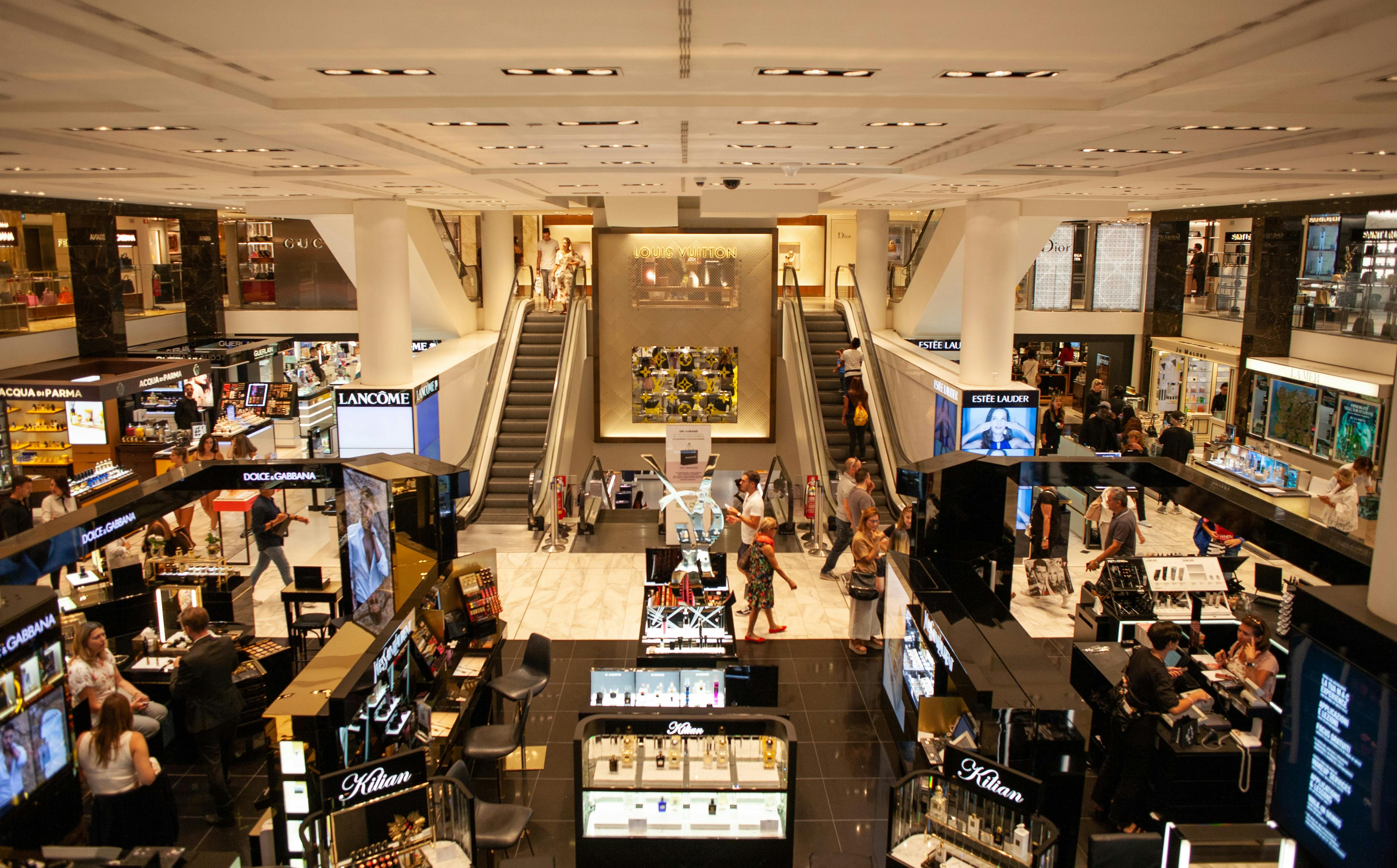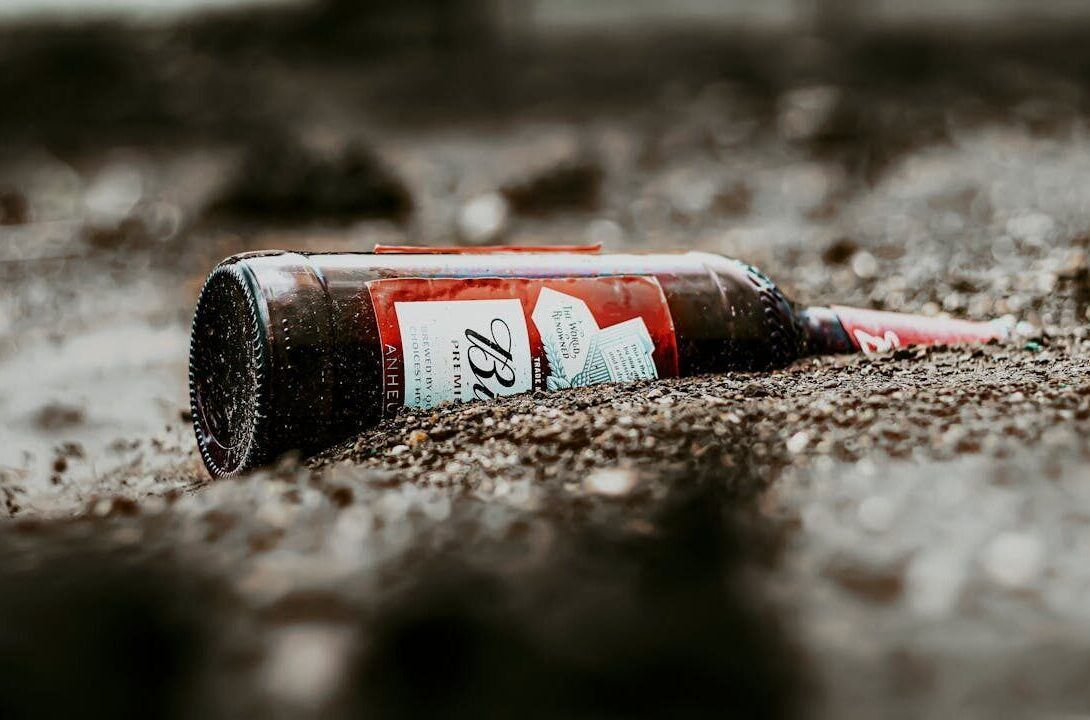A FADS-style deep dive into how Black Friday evolved from the day after Thanksgiving into a high-pressure shopping ritual engineered by marketers to trigger our insecurities.

We live in an era when marketers can turn invisible wavelengths into a crisis and then sell you the cure.
If you have shopped for glasses or tech lately, you have seen the upsell: “Add blue light protection.” The pitch is simple. Screens are the enemy, and tinted lenses are your armor. But did we ever need this armor? Or did marketing create both the danger and the cure, just like wellness brands turned “sober curiosity” into a sexy happy hour accessory in Sober, But Make It Sexy?
Let us walk through the myth, the science, the marketing machinery, and then see how this connects to the oldest tricks in the FADS playbook.
The Myth Construction: Blue Light as the New Enemy
First Thing First: Identify a fear
Marketers assert that blue light from screens causes eye damage, sleep disruption, macular degeneration, chronic fatigue. They frame us as helpless: we must stare at screens for work, connection, and survival, and the light from them will slowly ruin us.
Reality check: The amount of blue light emitted by screens is far lower than natural sunlight. The real driver of eye strain is prolonged near focus, reduced blinking, and poor screen habits. The American Academy of Ophthalmology does not recommend blue light glasses because there is no strong evidence that screen light damages eyes.
Clinical trials consistently show weak or no evidence that blue light glasses relieve digital eye strain. A review of 17 randomized controlled trials involving more than 600 participants concluded that the glasses likely have little or no effect on comfort or vision quality.
One area of our lives that might be affected by blue light is sleep. Strong exposure to blue wavelengths at night can suppress melatonin and shift circadian rhythms. But the amount emitted by phones and laptops is modest, and studies are inconsistent. Some show minor benefits for insomnia patients, others show no measurable change in healthy adults.
Just as drug companies transform ordinary experiences into medical conditions needing treatment, marketers have reframed simple eye strain as a diagnosable hazard. Pharma calls it “disease mongering” when normal shyness becomes “social anxiety disorder.”
Marketers of blue light glasses use the same tactic. Looking at screens too long is normal discomfort, not a condition. But if you call it “digital eye syndrome,” you can sell a fix.
The Marketing Machine: From Fear to Sale
Step A: Create demand through fear
The threat is invisible and poorly understood, which makes it perfect. Just as alcohol companies invented gendered myths to lock in customers—“real men drink beer,” “moms need wine to cope”—blue light glasses brands slice their market by identity. Gamer editions in neon packaging aim at young men, while pastel frames and wellness branding target women on TikTok. The segmentation is crude, but it works.
Step B: Offer an easy solution
You cannot sell “blink more and take breaks” at scale. But you can sell tinted lenses with an upcharge. This is the same trick food marketers pull when they tell us processed snacks are “natural” or “clean.” The cure is a product, not a behavior change. They know people will try the product, because changing our behavior is so hard.
Step C: Sell comfort over function
Most people do not demand proof. They demand reassurance. Wearing blue light glasses is like popping a daily vitamin with no demonstrated benefit. It feels like you are protecting yourself. The placebo is powerful, and the placebo is profitable.
Step D: Layer shame on top
We’ve explored how well shame works in marketing before, shame is leverage. You are not good enough unless you use this product. If you are not protecting your eyes or your children’s eyes, you are irresponsible. Buy the glasses, erase the guilt. Whether it is body odor or invisible light waves, the message is the same.
What Actually Works Is No Fun
The ugly truth is that proven solutions are simple, cheap, but not very marketable:
- Follow the 20-20-20 rule: every 20 minutes, look at something 20 feet away for 20 seconds.
- Blink more or use artificial tears to prevent dryness.
- Adjust screen contrast and room lighting.
- Reduce screen time before bed to protect sleep.
- Get your prescription checked so you are not squinting or leaning forward.
These require habit change, not shopping. Which is why both marketers and consumers ignore them. They know the temptation of a quick fix is irresistable.
The Real Glare
Blue light glasses are not harmful. They are simply unnecessary. They prove again that if companies can frame a problem in just the right way, they can sell us the cure. Whether it is “toxins” in food, gendered myths in alcohol, disease mongering in drugs, or shame in sex, the pattern is the same.
The real issue is not blue light. It is how easily we buy into the story that we need saving.


